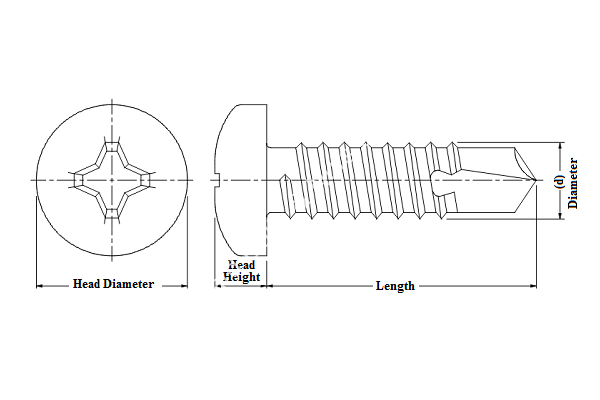Comprehensive Guide to Standard Flat Washer Sizes and Specifications for Your Projects
Understanding Flat Washer Sizes A Comprehensive Guide
Flat washers play a critical role in a variety of mechanical and construction applications. These thin, disc-shaped pieces of hardware are used to distribute the load of a screw or bolt over a larger area, thus preventing damage to the surface being fastened. The importance of selecting the right size flat washer cannot be overstated, as it can significantly impact the integrity and longevity of a connection. In this article, we will explore the various sizes of flat washers, their applications, and how to choose the right one for your needs.
What Are Flat Washers?
Flat washers are circular plates that are typically made of materials like metal, plastic, or rubber. They can vary in thickness, diameter, and material type depending on the specific application. The primary purpose of a flat washer is to provide a smooth surface for bolts or nuts to fasten against, which helps distribute the preload and reduces the risk of damage to the workpiece.
Common Sizes and Standards
Flat washers come in a variety of sizes, generally categorized by their inner diameter (ID), outer diameter (OD), and thickness. The most commonly used standards for washer sizes include the American National Standards Institute (ANSI), International Organization for Standardization (ISO), and the Japanese Industrial Standard (JIS).
1. Inner Diameter (ID) The inner diameter is the hole size in the middle of the washer that fits over a screw or bolt. Common sizes include 1/4 inch, 3/8 inch, and 1/2 inch. Choosing the correct ID is crucial, ensuring the washer fits snugly over the fastener without being too tight or loose.
2. Outer Diameter (OD) The outer diameter is the complete width of the washer. Larger ODs help distribute the load more effectively across a larger surface area. Standard outer diameters can range from 1 inch to several inches, depending on the specifications needed for a particular application.
flat washer sizes product

3. Thickness The thickness of a washer directly affects its load-bearing capacity. Thicker washers can hold more weight, but they may also require more space in the assembly. Common thicknesses range from 0.025 inches (thin washers) to 0.187 inches (thick washers).
Material Considerations
The material used to make flat washers is also crucial for their performance. Metal washers, such as those made from stainless steel, are typically used in high-strength applications, whereas plastic washers may be more applicable in electrical applications due to their insulating properties. Rubber washers, on the other hand, are excellent for vibration damping.
How to Choose the Right Flat Washer
To select the right flat washer for your project, consider the following factors
- Application Identify the environment where the washer will be used. If exposed to moisture, stainless steel or galvanized washers may be more appropriate. - Load Requirements Assess the weight that the washer will have to support. For heavier loads, opt for thicker flat washers with larger diameters. - Compatibility Ensure the inner diameter matches the size of the fastener you will be using.
Conclusion
Flat washers may seem like simple components, but their size and material can significantly affect the strength and longevity of a fastening system. By understanding the different sizes and their respective applications, you can make informed decisions to ensure optimal performance in your projects. Whether you are a DIY enthusiast or a professional, recognizing the importance of flat washer sizes will help you achieve secure and durable connections in any assembly.
-
Top Choices for Plasterboard FixingNewsDec.26,2024
-
The Versatility of Specialty WashersNewsDec.26,2024
-
Secure Your ProjectsNewsDec.26,2024
-
Essential Screws for Chipboard Flooring ProjectsNewsDec.26,2024
-
Choosing the Right Drywall ScrewsNewsDec.26,2024
-
Black Phosphate Screws for Superior PerformanceNewsDec.26,2024
-
The Versatile Choice of Nylon Flat Washers for Your NeedsNewsDec.18,2024










